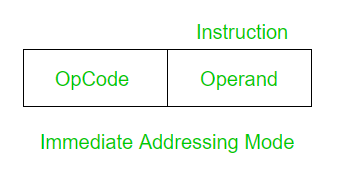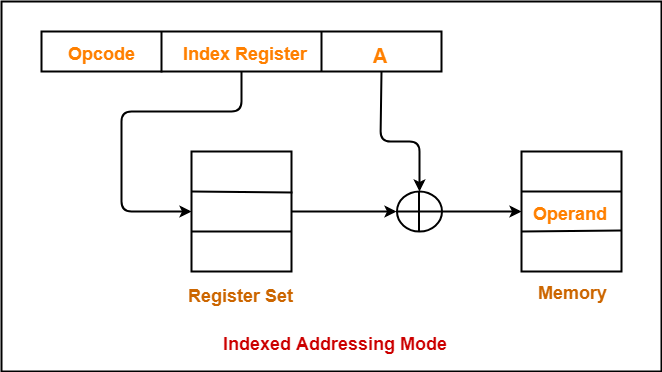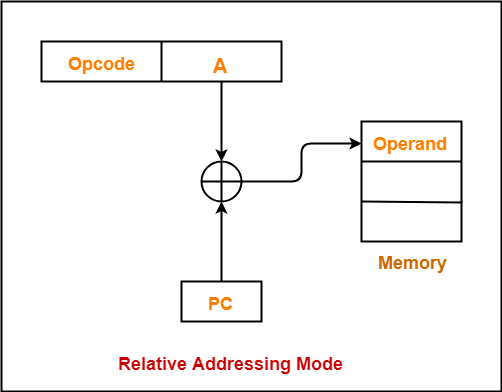In computer architecture, an instruction format defines the layout and structure of an instruction that the processor can understand and execute. The format depends on the addressing mode used, as the addressing mode determines how the operand of the instruction is accessed (i.e., where the data for the operation is located). Different addressing modes specify how the operand is determined and can involve various fields in the instruction, such as the opcode, operand address, and immediate values.
In this mode, the operand is directly specified as part of the instruction. The operand is a constant value or immediate data that is used in the operation.
Instruction Format:

In this mode, the operand's address is directly specified in the instruction. The operand is located at the memory address provided.
Instruction Format:

In this mode, the instruction specifies a memory address that contains the actual address of the operand. In other words, the address of the operand is stored in memory, and the instruction fetches that address to access the operand.
Instruction Format:

In this mode, the operand is a register. The instruction specifies which register to use, and the operand is the content of that register.
Instruction Format:

In this mode, the operand is located at the address stored in a register. The register holds the effective address where the operand resides.
Instruction Format:

In Indexed Addressing Mode, the operand's address is determined by adding a constant value (index) to the base address stored in a register. This mode is typically used for accessing array elements or specific memory locations.
Instruction Format:

In Relative Addressing Mode, the operand's address is determined by adding an offset (or displacement) to the current program counter (PC). This is commonly used for branching operations.
Instruction Format:

In Stack Addressing Mode, operands are accessed from the stack, which is a last-in, first-out (LIFO) structure. The stack is typically used for temporary storage of data, such as function calls or local variables.
Instruction Format:
